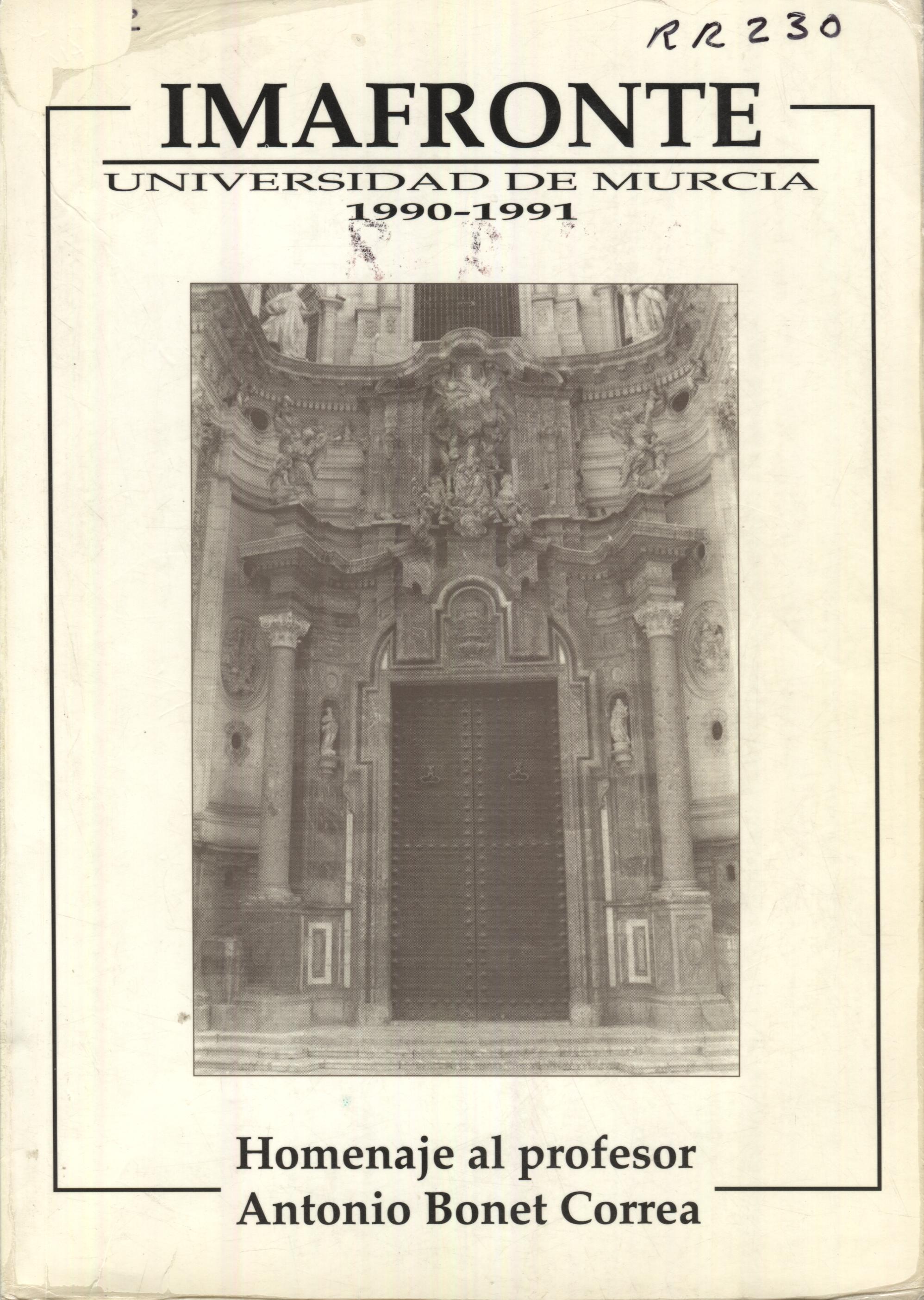MANUEL CARO (1716), ESCULTOR Y RETABLISTA
Resumen
Manuel Caro, who belongs to a family of sculptors and reredos-makers native to the zone of Alicante, litiked himself to Lorca and carried out his first artistic activity at his uncle Antotnio Caro's workshop. Afterwardsh, he got his own workshop in Lorca, where he produced a great part of his work and enjoyed the acknowledgenient as qualified professional from the part of the City Council. His work almost completely destroyed nowadays, must be reconstructed from documentary data and may be divided in two different stages. During the first one, 1677-80, at his uncle Antonio, Manuel Caro makes the altarpieces of the hermitage of Santos Roque and Sebastián, the coat of arms for the prison of Lorca and the muiti altarpiece of the parish church of Orce, a small town in the province or Granada. ln the second .stage, at his own workshop, he makes the altarpieres of the parish churches of San Juan Bautista, Santiago and San Cristobal -they al1 in Lorca- in 1716, and the main reredos of the parish church of Huércal-Opera (Almería). The main reredos of the church of the convent of Nuestra Señora de las Huertas, the altarpieces of San Mateo and convent of Madre de Dios. and that of Virgen de las Angustias. in the church of San Francisco -the only otie preserved till now, may be also attributable to him. His style, in accordance with the baroque one of the last part of the 17th century, distingiushes itself by the use of affluent curvings with,floral an fruit-bearing adornments, heads of cheruhs, and the twisted column as decorative elemetit and base support. The elaboration and use of ornamental details are more refined than those in this uncle Antonio Caro's works.Descargas
-
Resumen547
-
PDF109
Las obras que se publican en esta revista están sujetas a los siguientes términos:
1. Los autores ceden de forma no exclusiva a la revista los derechos de explotación (reproducción, distribución, comunicación y transformación).
2. Las obras que se publican en esta revista están sujetas a la licencia Attribution-ShareAlike 4.0 International (CC By SA 4.0). Por lo que se pueden copiar, usar, difundir, transmitir y exponer públicamente, siempre que:
i) se cite la autoría y la fuente original de su publicación (revista, editorial y URL de la obra), permitiendo así su reconocimiento.
ii) se permite remezclar, transfromar o crear a partir del material mientras se mantenga la misma licencia del original.
3. Condiciones de auto-archivo. Se permite y se anima a los autores a difundir electrónicamente las versiones pre-print (versión antes de ser evaluada) y/o post-print (versión evaluada y aceptada para su publicación) de sus obras antes de su publicación, ya que favorece su circulación y difusión más temprana y con ello un posible aumento en su citación y alcance entre la comunidad académica. Color RoMEO: verde.
























